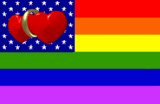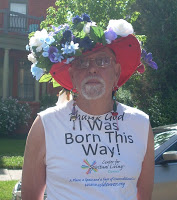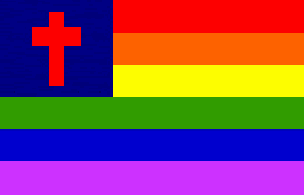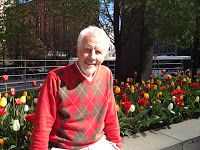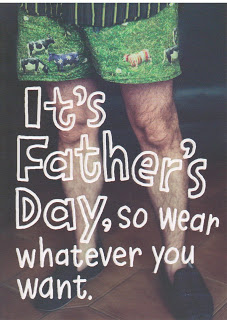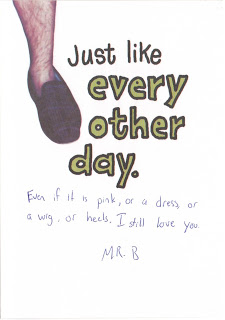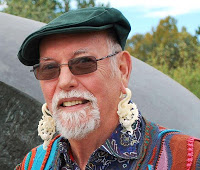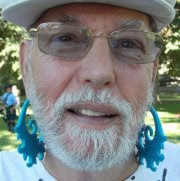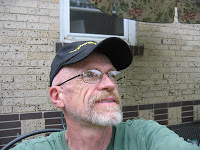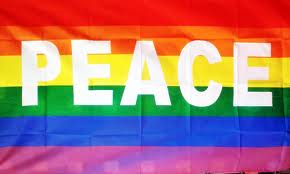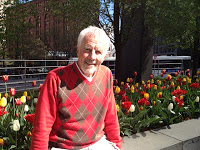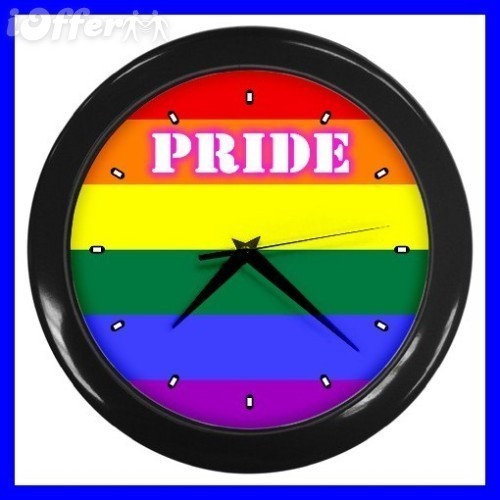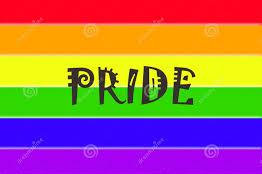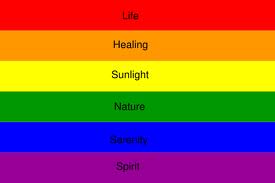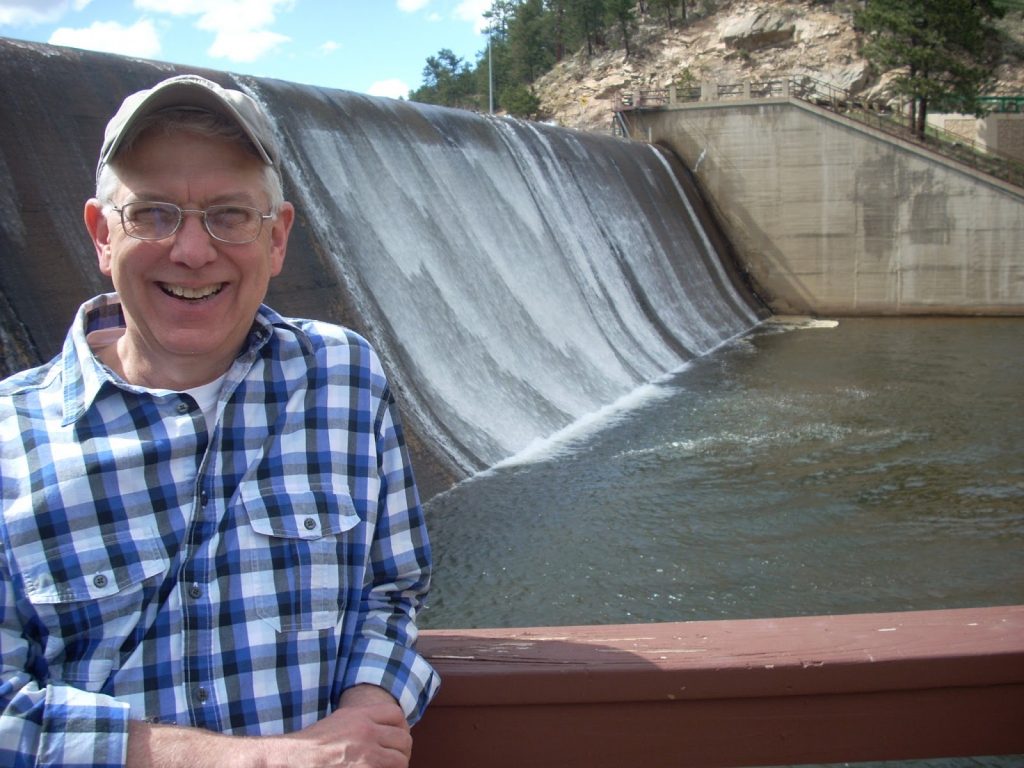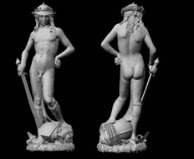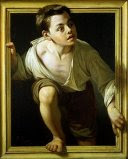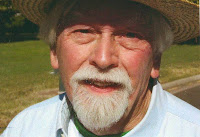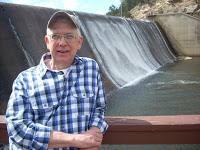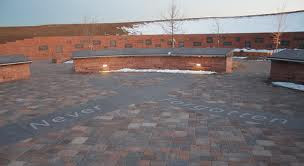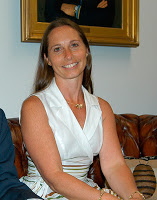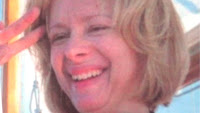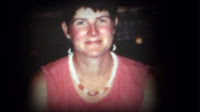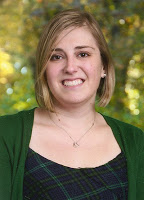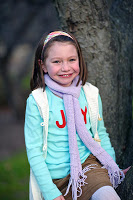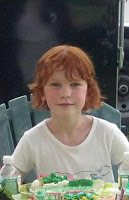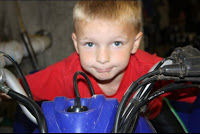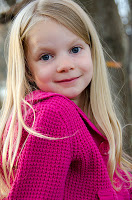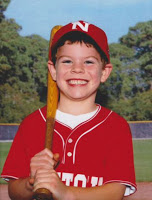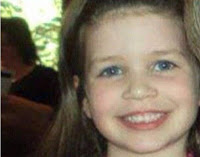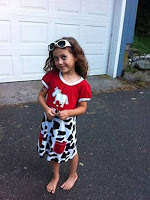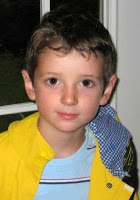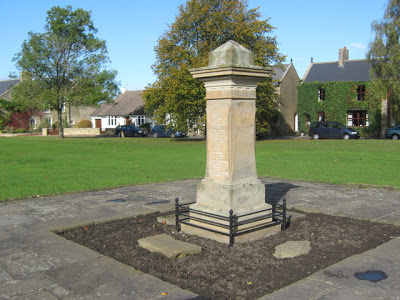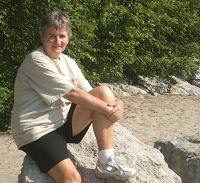Today’s Special Edition presents stories by three authors.
One Summer Afternoon
by Ray S
“What are you doing, father?” It isn’t quite summer, but almost. And this afternoon the question was voiced by one of a couple of gay revelers passing by as I waited for the next #10 bus.
“Waiting,” I replied and then quickly added, “for the next bus.” Then it struck me, the title by which I had been addressed and then my prompt reply.
First, I am a father and today is the national holiday honoring fathers. Just coincidently Denver’s Gay Pride Sunday. There certainly are statistics establishing how many gay fathers there are. Guess this is our special day as well. One never knows who will turn up a father; do you?
Second, I thought after the boys passed by that the word “waiting” looms either ominously or in joyful anticipation for all of us, and in my case—for what or whatever the future may hold.
Besides the initial carnival character of the setting at Civic Center and then the Pride Parade, I was aware of the general ages of the celebrants. Don’t gay men grow beyond downy-faced Peter Pans that will never grow up or full-blown bronzed Adonises with such an abundance of self confidence and arrogance? This question was haunting and even more so after countless hours of observing the beautiful, bizarre, minimally-attired populous. Was this whole charade dedicated to the Fountain of Youth and the exciting discovery of carnality? Here is a parody of the song. “Old Soldiers never die,” etc. that goes “Old Trolls never die, they just fly away.” Is there nothing to look forward to besides a good book, getting fat from countless dinner parties, recounting lost opportunities with other disappointed brethren, indulging in the occasional gay porn DVD in the lone comfort of your bed, and on and on, so be it?
Then like the first blush of the sunrise my eyes were opened wonderfully to the real world of beautiful, crazy, happy, gay attendees of this huge street party celebrating many other positive aspects of the right to be who we are and equal to all the rest of the seemingly God’s chosen.
The exterior physicality has a way of transforming. The ultimate result is the chance for a real inner beauty to emerge, if it hasn’t been there already. The value of friendship, companionship and love beyond the flesh core. The truly life-sustaining elements of all GLBT relationships. And of course human nature will see to the sometimes overarching flesh thing.
Waiting one summer afternoon. Well just relax, breathe deeply, look around you, see the beauty and love in all of us, and eventually that bus will come.
2013
About the Author
One Summer Afternoon
by Merlyn
Pride Sunday 2013 was the kind of summer day that will always be special. Michael and I walked in the Pride parade along with the color guard with Ray S; Cecil and Carl rode in a convertible At the end of the parade Cecil and Carl joined us on the corner of Colfax and Broadway for awhile to watch the parade pass. We had fun looking at all of the people. Carl stood up and watched as the green Rolls Royce drove past that Cecil and he had ridden in last year.
We spent 8 hours helping out in the Prime Timers and The GLBT Center’s booths on Saturday and were planning on enjoying Sunday.
We would have to leave around 3 to go over to his daughters house for a father’s day dinner for Michael at 5pm.
After the Parade was over we had about a hour to walk around before Michael was supposed to work at his church’s booth. A storm went though with strong wind but no one cared. I was planning on checking out the four Prime Timers booths to help out if one of them needed help for a couple of hours.
Everything was under control so I decided to enjoy myself. I walked by Michaels booth he was wearing the red hat with flowers all over it, he was having a ball putting stickers on the people that went by. It was crowded and I was in the way, so I decided to walk around.
I saw a bench that was in the shade and sat down. I really enjoyed being able to sit on the bench and not do anything but watch and talk to some of the people that stopped for a break.
Two men in their 30s feel asleep in each other’s arms laying on the grass 20 feet away where I was sitting and no one cared. When I was in my 20s or 30s I could never have imagined a world where it would be OK to do the kind of things that seem so natural today.
We made it to dinner a few minutes late, had a real good time and came home around 9PM. We laid down to relax awhile before we watched the end of a movie we had started Saturday night. Both of us fell asleep, We woke up just in time to go down to and go to bed around midnight, but that’s another story about a different day.
© June 2013
About the Author
I’m a retired gay man now living in Denver Colorado with my partner Michael. I grew up in the Detroit area. Through the various kinds of work I have done I have seen most of the United States. I have been involved in technical and mechanical areas my whole life, all kinds of motors and computer systems. I like travel, searching for the unusual and enjoying life each day.
One Summer Afternoon
by Phillip Hoyle
As a dedicated people watcher, I sat alone on a coffee shop patio watching the parade go by in front of me. The East Colfax show was endless, varied, noisy, quirky, clean, stylish, unwashed and in rags. With loud sirens blaring, Denver Fire Department trucks sped by. Cars stopped to parallel park; other vehicles impatiently continued up and down the street. I watched a never ending flow of people and automobiles loving what I saw. Then I thought of the parade I’d see on the following Sunday, the Parade for Denver PrideFest 2013.
I first attended PrideFest in 1999. I wanted to go but realized I might not get to do so since my son Mike and his wife Heather and their four young kids were staying at my apartment. They were slated to leave Sunday afternoon to return to western Colorado where they lived. Early that morning one of my granddaughters asked to go to the playground she remembered from an earlier trip. “We can’t,” I explained. “The playground is closed because a parade is lining up in the park.”
“A parade,” she responded with excited eyes. “We can get candy!”
I told her I didn’t know if they’d have candy, but there would be lots of clowns. We did go down to Colfax to watch the events, and the children got much more candy than they had ever gathered at a parade. Back then few children attended the parade, so the candy givers were quite excited to see the stair step youngsters seated in a row on the curb and quite generous with their portions. So I saw my first PrideFest parade through the eyes of my grandchildren who loved not just the candy but every minute of the spectacle. Together we saw floats, dykes on bikes, bands, drag queens, politicians, dancing boys, and leather men. I thought how differently the world presented itself to my grandchildren when compared with what it showed me or my children.
Pridefest 2000 added a new perspective for I was in love with a man who was dying from the ravages of HIV and his anti-AIDS medications. I was dedicating much of my time to be with him for doctor appointments, chemotherapy, clinic visits, yard work, and socializing. I wrote in my morning pages on Saturday that I was going to meet Tony and Roy the next day to see the parade no matter what Michael, my partner, wanted. I wrote: “I’m going to be at Marion and Colfax and cheer on the troops.” I did see the parade all the while knowing that the two men I had been deeply in love with both wanted too much to fit in. The first one wanted to fit in with the beautiful; and this one, Michael, with the ordinary. When Michael said he was just an ordinary guy, I suggested to him that he was just an ordinary Queer! The differences these men represented helped me realize how much I was thoroughly queer and queerly individual.
I don’t recall anything particular about PrideFest 2001—perhaps I didn’t attend it due to my too-recent loss of Michael to AIDS—but in 2002 Mike and Heather and kids were back visiting and my life was once again changing drastically. The plot was that we attended Buskerfest on Saturday and PrideFest on Sunday, the former as a family, the latter accompanied by my wild friend Dianne and her boyfriend Craig. The subtext of the story was that a man I had become obsessed with but had not yet spent any time with—Rafael—was now, just that weekend, entering the main stage of my interest. The family met my good friends Roy & Richard as well as Rafael, my new flame who was setting off Roman candles in me both Saturday and Sunday nights. I left him early Sunday and Monday mornings to rush home and make breakfast for my family. I don’t know if I even slept for three days. Again I was seeing my changing life through the eyes of my children and grandchildren, and my friends. I was extremely attentive to the grandkids at PrideFest where Kalo, then nine, disappeared. I spotted him sitting on a high vantage point watching the nearly nude mob of gay guys dancing. He saw me looking at him and smiled and waved. Still he watched. Oh my, I wondered, do we have another generation of queers in the making?
The next year, 2003, Kalo was back but without his parents. He was spending a week with me in an improvised urban survival art camp. Sunday featured PrideFest. This time, with me coping with my loss of Rafael to death a few months before, Kalo and I joined Roy and Richard and Tony to view the parade. We also spent time that day with a group of body-painting lesbians. I wondered at the child’s perspective but saw him be very mature around the girls, wide eyed during a drag show, and worldly wise in the way he reported all the things to his parents. Kalo also met my next partner, who did not choose to join us at the festival.
But in 2004, I announced to him—Jim—I’m going to the parade. He accompanied me.
In 2005, I met a long-time drag queen friend of Jim’s. He’d never mentioned he’d even seen drag shows let alone knew and really liked Scottie Carlisle, a long-time drag queen, once Empress of the Royal Court.
In 2006, I met the author of the first gay novel I ever read recalling how important that book was to my development as a gay man.
I don’t recall what happened in 2007.
In 2008, I was in the Rockies on retreat where I read my short story about the parade and PrideFest adventures of Miss Shinti, a white miniature French poodle. The week before I went on retreat, I had urged my friends Roy and Richard, “Make sure Jim goes to the parade. Call him. Insist.”
“Why?” Richard asked.
“Because I don’t want his condition to become terminal.”
“Huh?”
“He has CEATTG,” I informed him. Richard looked concerned. “Chronic Embarrassment At All Things Gay,” I clarified.
The 2009 parade brought me insight into pride, politics, and church. It also introduced me to parties surrounding the festival. I made a record of all these things with my new camera. For me, the highlight of the parade that year was the stilt-walking drag queen Nuclea Waste, festooned with multi-colored long balloons, surrounded with a consort of adoring Speedo-clad dancers, each in similar fashion but decorated monochromatically.
2010, and 2011 provided more insights into my own gay life. In 2012, I loved it when the walker-toting elder brigade from SAGE made their way down the street, and I got all teary-eyed when a group of young GLBTs reminded us not to forget about AIDS.
And now in 2013 I am at yet another PrideFest. I want to know more about my world and my gay self and am delighted that what I really appreciate this time is how much the festival attracts straight folk and how, beyond the extreme costumes and hype, the most queer thing there seems not queer at all: men holding hands with men, women holding hands with women, hand holding that seems not at all self-conscious. And many children are here with their parents. How I wish my own kids and grandkids were here this time. It all seems so normal, except that I never once hold hands with my partner. Drat. What’s wrong with me?
Oh well, Happy PrideFest 2013. What a wonderful summer afternoon.
2013
About the Author
Phillip Hoyle lives in Denver and spends his time writing, painting, giving massages, and socializing. His massage practice funds his other activities that keep him busy with groups of writers and artists, and folk with pains. Following thirty-two years in church work, he now focuses on creating beauty and ministering to the clients in his practice. He volunteers at The Center leading “Telling Your Story.”
He also blogs at artandmorebyphilhoyle.blogspot.com


